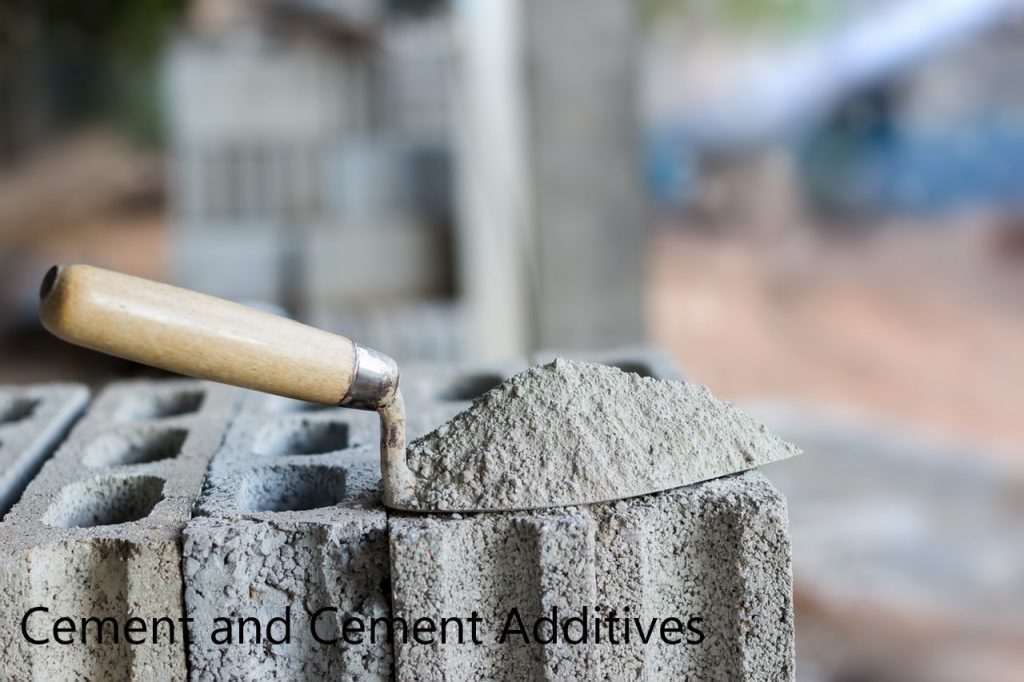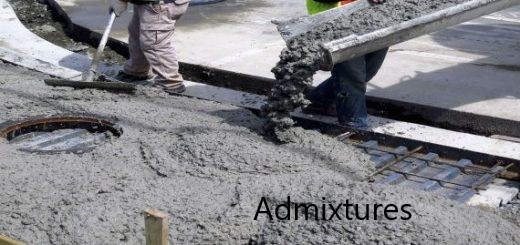Material Properties of BS 8110
BS 8110 Part 01 1997 gives charts that can be used when designing from first principles. Stress-strain relationships for Concrete, reinforcement and pre-stressing steel are given in the code.
The following figure shows the concrete stress-strain relationship.
According to the above diagram, the maximum strain that concrete can bear is 0.0035 and the maximum stress depends on the grade of the concrete.
In addition maximums, concrete stress depends on the material safety factor which is 1.5.
Hence, maximum concrete stress becomes 0.45fcu.
Codes have given equations for the design for bending and shear considering the values given in the above figure. Unless we do not do the design with first principles, we need not worry much about the above values.
Simplified stress and strains of concrete can be understood from the following figure.
The above figure is used for finding concrete stresses and strains when we do the design with the first principles.
The following figure shows the stress-strain relationship of the reinforcement steel.
According to the above figure, we can see that the stress-strain relationship has simplified a level that we can understand easily.
The maximum stress of the reinforcement steel has given as yield strength divided by the material safety factor which is 1.05 according to the BS 8110 (click here for more information).
Strain at the point that steel reaches the above stress is called yield strain which is 0.002.
The following figure shows the stress-strain relationship for pre-stressing steel
Figure 2.3 of BS 8110 is used when we design pre-stressing beams.
Especially when we design beams with different shapes, we do the design with first principles. In such situations, we have to use the above curve for the design.
In addition, material strengths can be enhanced when the strain rate is very high.
For example, an element subjected to blast pressure loading deforms in a very short period of time. You may refer to the article design strength enhancement.


